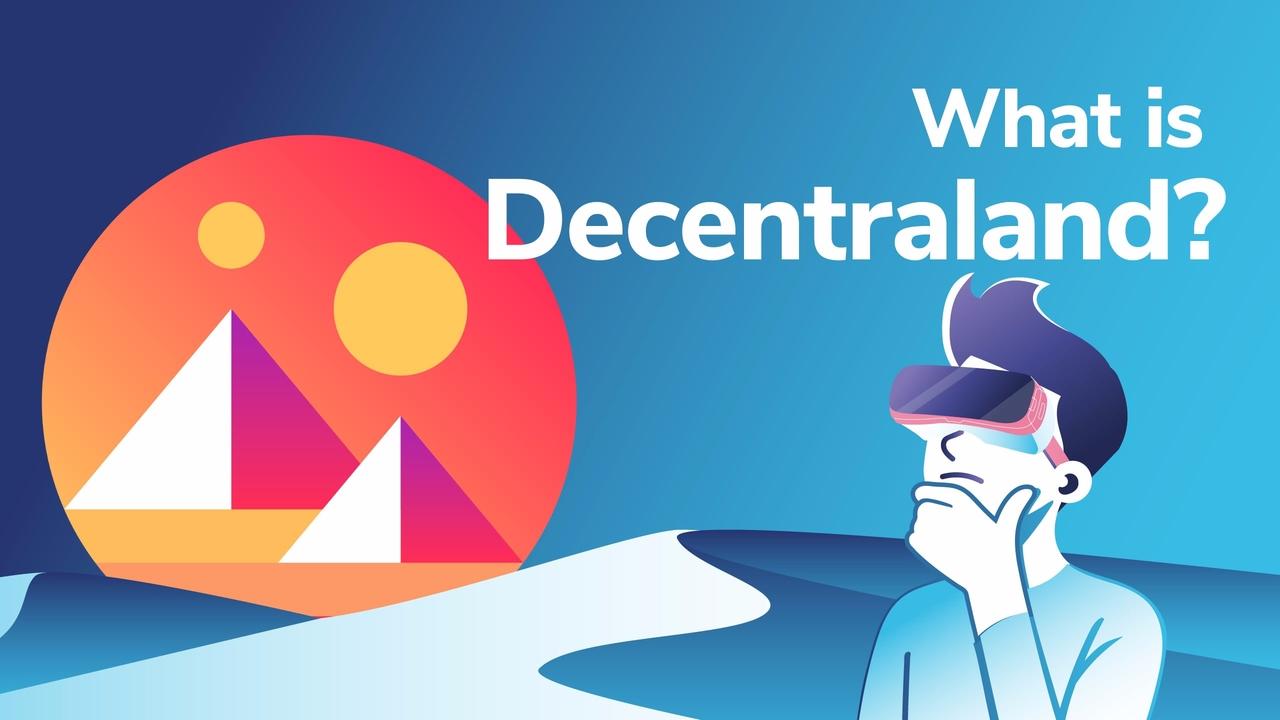
Decentraland is a decentralized, virtual reality (VR) platform where users can both create and monetize their content and applications. The digital land on their platform is simply called “LAND.” Specifically, it is a non-fungible digital asset maintained by Ethereum smart contracts. Decentraland split up their digital land into parcels so that users can purchase it using the MANA token.
We’ll describe all this in-depth, but for now, just understand that there is a finite amount of LAND available. So, the number one asset on Decentraland is scarce which is similar to Bitcoin.
The cool thing is users who buy LAND own it outright and permanently. They can control how their LAND looks by choosing the scenes they want, what content they’ll display, and which interactive apps they’ll use. In short, the owners are in charge. Let’s therefore dive deeper and find out all about Decentraland!
Are you interested in learning more about the crypto space? In that case, you should take a look at the various courses available on Ivan on Tech Academy. Ivan on Tech Academy is one of the most popular places to learn blockchain, and features courses on crypto basics, blockchain programming, decentralized finance and much more. After reading this article, be sure to enroll!
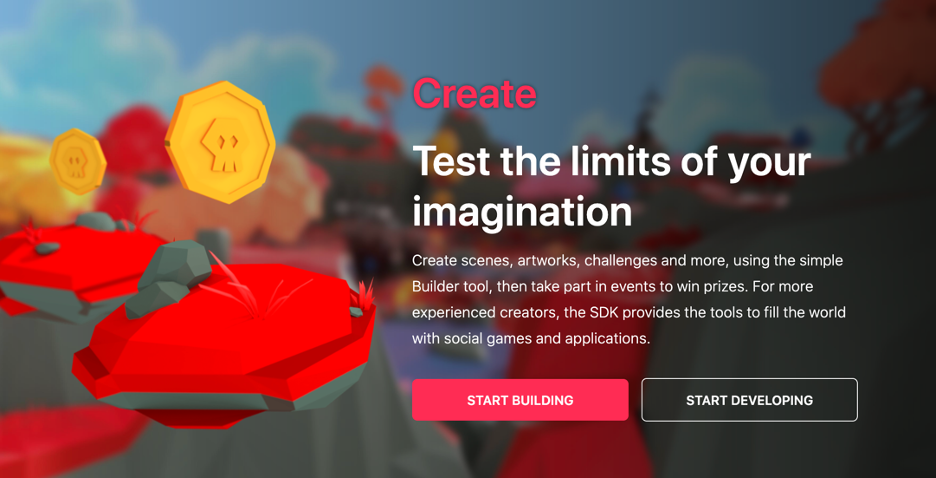
Decentraland’s Avatars
Users also get to create their avatar in three simple steps:
- Users claim a passport to manage their digital identity.
- Next, they personalize the avatar with a unique name.
- Lastly they customize their avatar by selecting a face, hairstyle, body, and clothing they want to wear.
Use Cases for Decentraland
So, what is Decentraland, and what can users do with it? Well, with its scripting language, users can create 3D scenes, games, and apps. The language is versatile enough to handle things like platform physics, object creation, and sound development. If you’ve ever worked with a game engine like Unity, these terms will be familiar to you.
Digital land shoppers can navigate Decentraland’s various themed districts to find the best locations to develop by using the ATLAS tool. The sheer acts of building, decorating, and sharing scenes in Decentraland is fun, but users can also just opt for hanging out in the different districts.
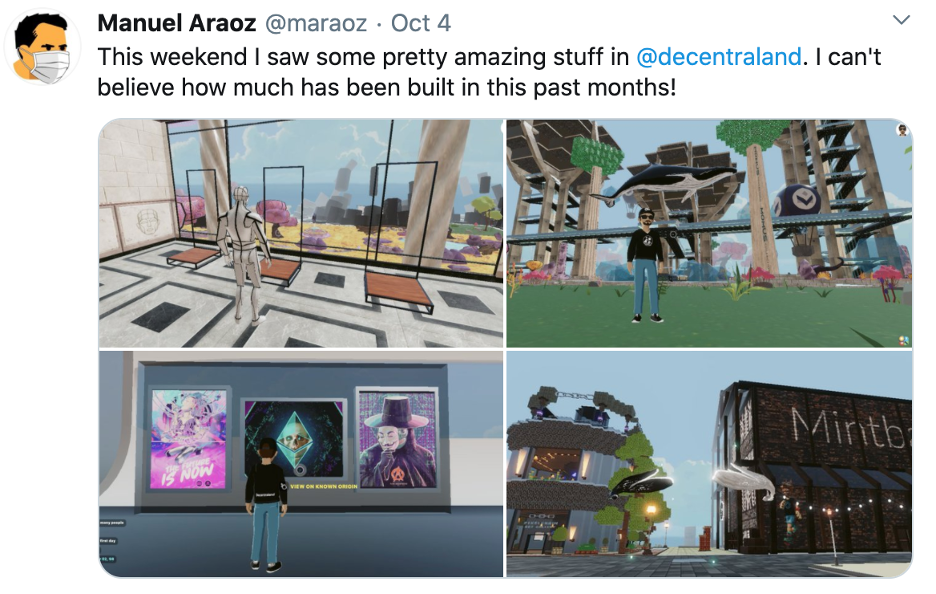
Decentraland encourages content curation. And users can congregate with others of shared interests to introduce each other to novel content. Users who want to share their creations can also erect billboards in high traffic districts to promote products, services, or events.
Other use cases for Decentraland include 3D design, education, and virtual tourism.
Digital collectibles are another area. In the same way that users can create and share digital assets on platforms like Enjin, Decentraland offers similar opportunities in their virtual world. However, to better understand digital collectibles, let’s dig into non-fungible tokens.
Understanding Non-Fungible Tokens (NFTs)
NFTs have been in the news a lot lately so you may have already heard of them. If not, just understand that NFTs are digital collectibles that identify a unique asset. It should be noted that collectible items are linked to a contract that resides on the blockchain. These collectibles contain immutable information stored in that contract. This is the long way of saying that nobody can mint a copy of that same collectible.
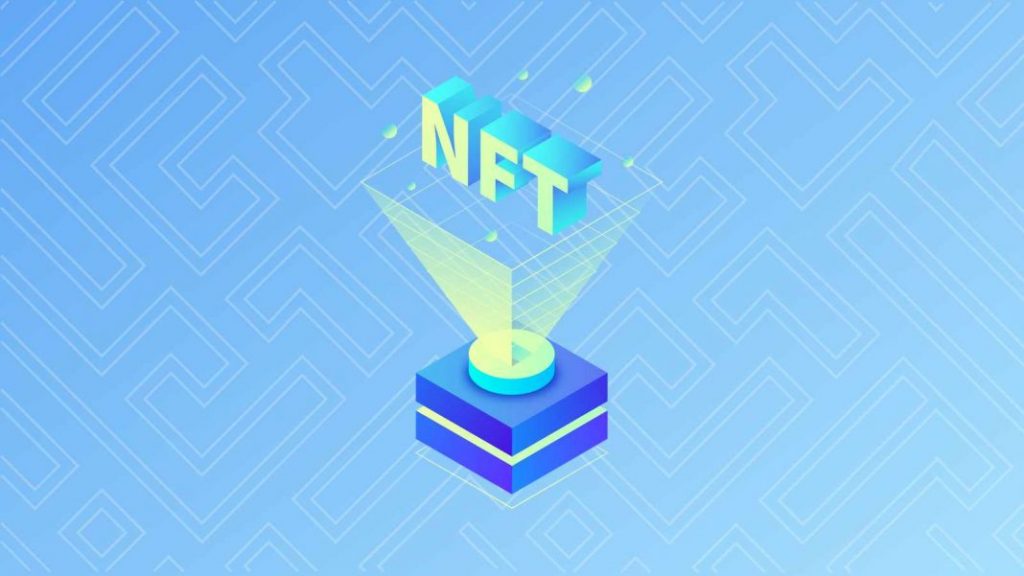
If you read our previous article on NFTs and DeFi, then you’ll remember they have the following characteristics:
- NFTs are Unique.
- NFTs are Rare.
- NFTs Cannot Be Counterfeited.
- NFTs are Indivisible.
- NFTs Cannot Be Inflated.
The NFT space shows great promise for DeFi and Decentraland specifically. It’s a good way for people to trade assets that cannot be altered or replicated. And Decentraland is poised to profit should the high expectations for NFTs be realized.
But, it can be argued that building a virtual world is far more interesting than cranking out collectible CryptoKitties. The VR experience is far more immersive and comes with more options for customization.
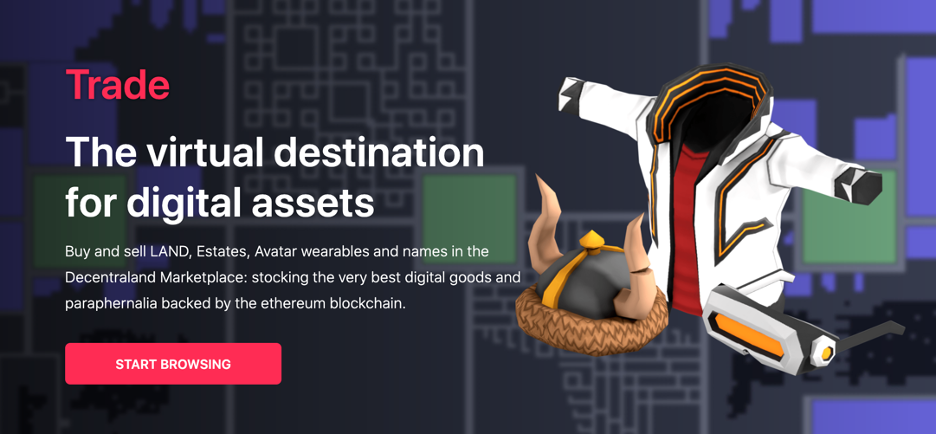
The Role of LAND and MANA
We’ve mentioned both already, but let’s dig a bit deeper. LAND assets are NFTs that are broken up into virtual parcels. One LAND can be purchased for 1,000 MANA. MANA is simply an ERC-20 token. It is the designated digital currency for buying these parcels of digital land called LAND. But users can also purchase digital goods and services with MANA.
What is Decentraland’s LAND?
LAND’s utility and value depend upon its proximity to attractive attention hubs. Content developers buy LAND to create their content and connect with their followers. As mentioned, the available digital land is finite. And as they say in the traditional world of real estate, “they aren’t making any more of it.”
So, what do you think will happen to the price of LAND when it has all been scooped up? Built-in scarcity (just like with Bitcoin) will lead to higher prices so long as the demand is there. And it’s already been enough to entice one whale who reportedly dropped over $200k in one LAND grab. This is similar to real-world behavior when real-estate magnates swoop in and snap up desirable plots to develop. Only in this case, we’re talking about digital land.
This kind of purchasing activity could lead to virtual gold rush fever. Similar to the days when people went crazy for dot com, domain names. Each hoping to predict which ones would become sought after.
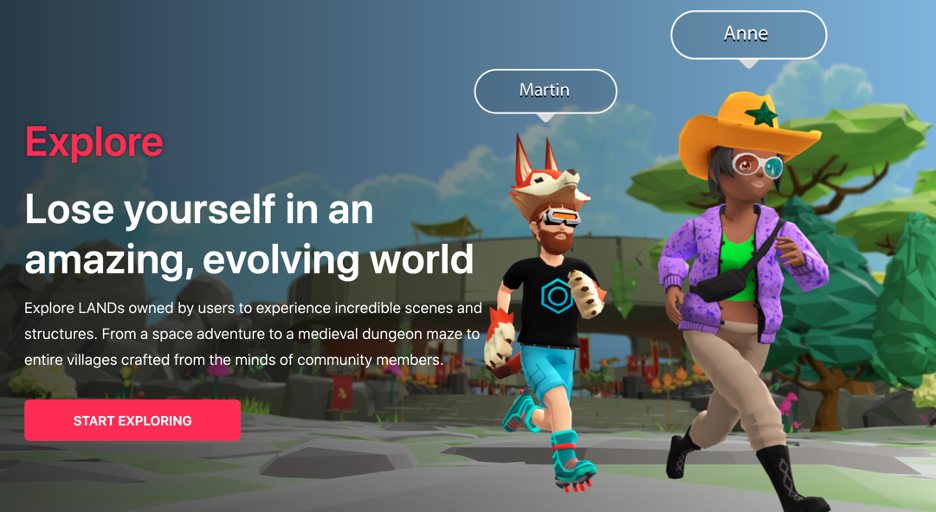
So, Decentraland divides its virtual real estate into a limited number of parcels. These parcels are called LAND. And LAND is the canvas where users get to create their virtual worlds. LAND owners have been granted full creative freedom. The other positive is that the income they generate from their digital land goes into their pocket, not someone else’s.
The best way to describe LAND is that it is a non-fungible digital asset that is divided into parcels. Each LAND token includes a record of its owner, its x, y coordinates, and a reference to a file containing its content description
Do Decentraland, tokens and NFTs seem interesting to you? Learn more about all things crypto at Ivan on Tech Academy, which features numerous blockchain courses. Right now, you can get 20% off when enrolling if you use the exclusive promo code BLOG20!
Where are the best Plots of Digital Land?
Content creators will want to buy plots of digital land that best helps them reach their target audience. Remember, that each parcel of unclaimed LAND can be purchased with an exchange rate of 1000 MANA = 1 LAND.
However, since digital land parcels are unique they can therefore trade for different prices on a secondary market. It all depends on popularity driving factors such as, whose parcel is adjacent and what kind of traffic it draws.
LAND sitting next to a popular influencer is going to be more valuable than a low-income area with nothing interesting going on. Let’s face it, areas with great content, and high-quality traffic will fetch higher prices.

Another item to note is that Decentraland limits the size of things like the base of buildings. That limitation depends on how much LAND a user has purchased. There are no limits, however, on how high a builder can go.
What is Decentraland’s MANA Token?
MANA is an ERC-20 token, so there are plenty of wallets available that can store it. Also, it has a fixed supply. So, the more users spend, the less there will be in circulation. That bodes well if more people pour into Decentraland to buy LAND. That will cause the demand for MANA to increase. Increasing demand coupled with a decreasing supply typically leads to equals higher prices. And that will always be good for holders of the MANA token.
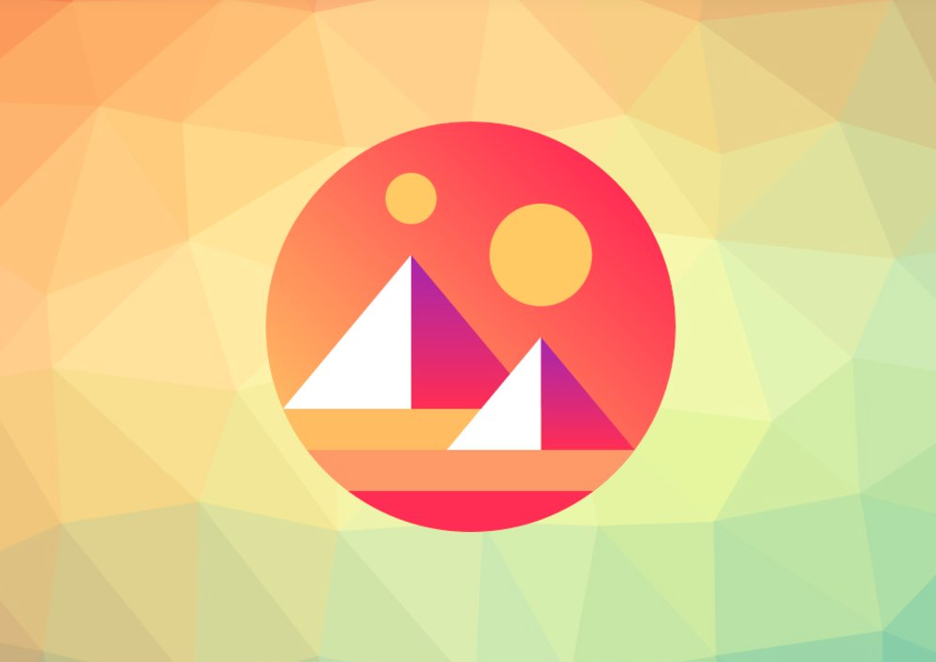
At the time of this writing, CoinGecko ranks MANA at #97 based on market capitalization. Although it has never regained it’s all-time highs back in 2018, things could change quickly if NFTs take off.
Decentraland’s Leadership Team
Decentraland began as a proof-of-concept for providing ownership opportunities for digital real estate. It was originally implemented as a pixel on a 2D grid. Each pixel contained the owner’s identification metadata. This experiment was called “Decentraland’s Stone Age.”
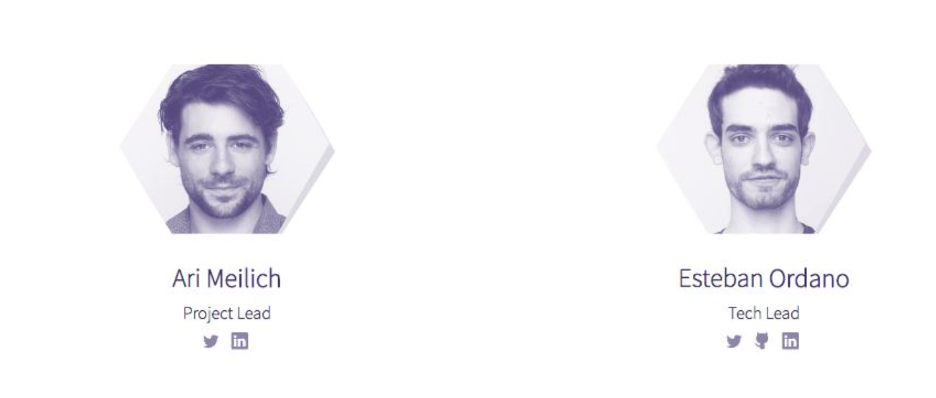
The Project Lead, Ari Meilich, and the Tech Lead, Esteban Ordano founded Decentraland in 2017, in Beijing, China. They harvested $20 million with the project’s initial coin offering. Meilich’s experience in data analytics and venture capital surely came in handy with that affair. Before joining the blockchain community, he performed research for monster clients such as Amazon and GE.
What is Decentraland’s Layer Distribution?
To get a bit more technical, let’s look at the protocol’s three layers:
- Consensus Layer
Smart contracts power the consensus layer for LAND ownership purposes. Users can purchase new parcels of LAND with the MANA token. And a LAND contract burns MANA whenever it creates a new LAND entry in the registry.
- Content Distribution Layer
This layer is a decentralized storage system. Decentraland uses it to distribute content for its virtual world. The smart contract stores files with a description of each parcel of digital land. It can retrieve these files as needed. Its function is to give the platform any relevant information it needs to render a parcel of LAND. This can include items like audio files, 3D meshes, textures, etc.
This decentralized system does away with the need for a centralized server. Decentraland’s users can thereby reap the benefits of censorship resistance. It also means they get to avoid annoying things like the rules changing without warning.
- Real-Time Layer
Users communicate with each other through peer-to-peer connections on this layer. With no centralized server, these connections are necessary to establish social interaction. Decentraland also provides an avatar messaging voice chat. And it provides a wide range of other features for its users such as an SDK.
With it, builders can develop the kinds of interactive 3D scenes they want. They can drag and drop content into interactive scenes with no coding skills required. All it takes is the ability to drag and drop items into the scene then configure their behavior.
What is Decentraland’s DAO?
Decentraland’s decentralized autonomous organization or DAO controls some of the main assets and smart contracts on the platform. This includes the content servers, the LAND contract, as well as large bags of the MANA token. This provides the DAO with the necessary funds and degree of autonomy it needs to subsidize select initiatives.

This should come as no surprise, however. The protocol has always held onto decentralized values such as handing control over to its users. This way, the players and creators get to determine how this virtual world will operate in the future.
DAO decision making covers anything relevant to the platform. These can include things like whether to add more features, how sales fees are allocated, content moderation, and LAND auctions. Like other DAOs, the community gets to shape the development of their virtual world by proposing policy changes, and then they can vote on them.
What is Decentraland and How is it Different?
The opportunity for ownership is what separates Decentraland from other VR platforms. It’s what makes it different. Users, not corporate heads own the decision-making process for the platform via the DAO. And users also get to own the parcels of this digital landscape. They keep all the proceeds generated by other users on their LAND. This is a generous alternative to other platforms that always take a cut. All in all, the good news is there is no central authority hovering around to impose their agenda.
What is Decentraland’s Biggest Potential for Risk?
The risks of investing in digital land are similar to buying real estate anywhere in the real world. An owner might end up with a dog of a piece of property that they can’t unload if the neighborhood deteriorates. Or maybe a new section pops up that snakes all the traffic and reduces a previous hotspot into a virtual ghost town.

Worse yet, a superior platform might come along that renders the entirety of Decentraland obsolete. Because, after all, unlike the real world where real estate truly is finite, an infinite number of virtual worlds could be created. Just like there is an endless number of platforms that could be created to host them. It will be a test of time to see which ones can capture the imagination of the masses and hold it.
Conclusion
To summarize, Decentraland is a VR platform powered by Ethereum. It allows users to claim parcels of LAND in a virtual world where they can create content, build applications, and then monetize them. LAND scarcity adds to the allure. The same goes for potential attention hubs that can attract loads of visitors. This, of course, creates the possibility of more revenue generation for the popular content creators.
Decentraland is a great place to start a new virtual space, and it’s already chocked full of cool places begging to be explored. To learn more about Decentraland and get a great allround blockchain education as well, make sure to visit Ivan on Tech Academy!
Author: MindFrac
